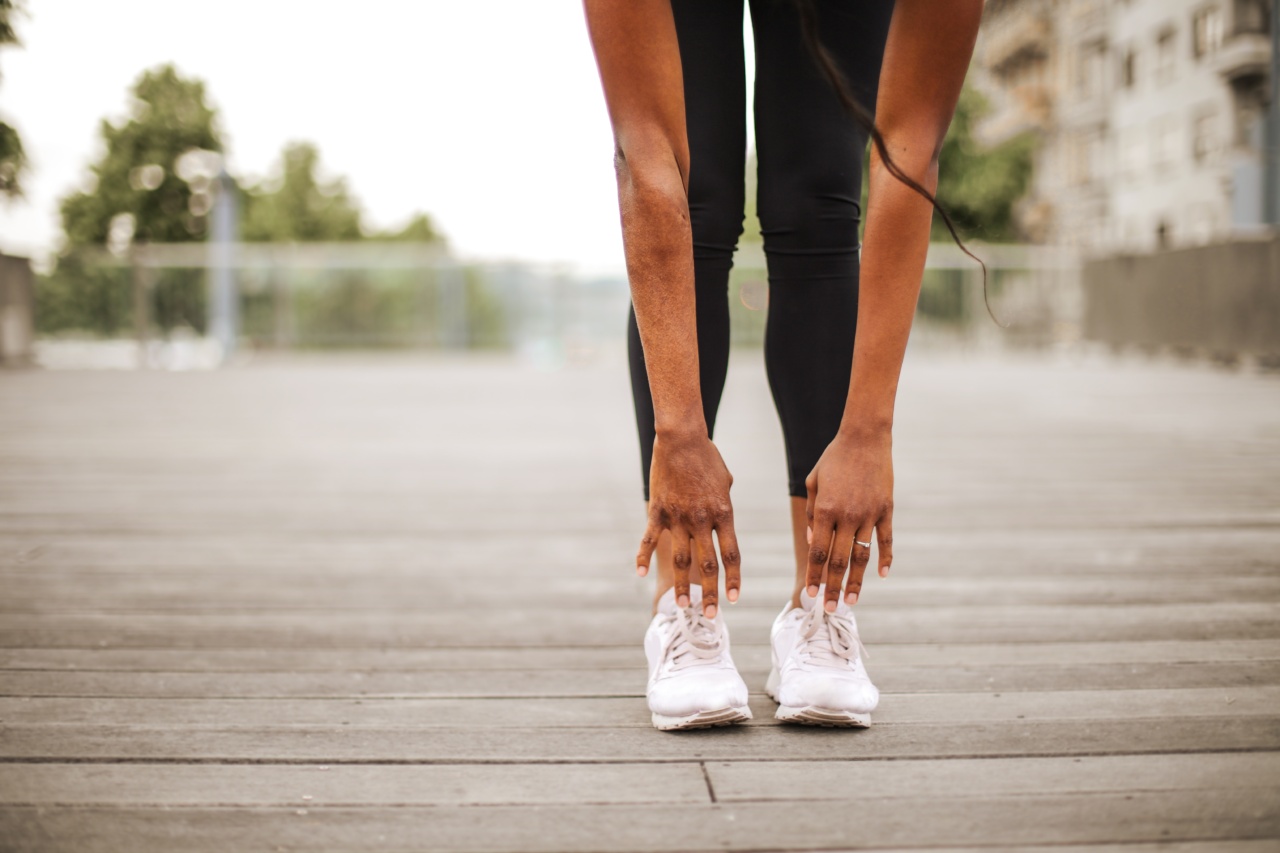Good circulation is essential for maintaining optimal health and vitality. It ensures that oxygen and nutrients reach all parts of the body, while also facilitating the removal of waste products.
However, when circulation becomes compromised, it can lead to various issues and discomfort, particularly in the arms and legs. In this article, we will explore the causes and symptoms of circulation problems in the extremities and discuss effective ways to overcome them.
Causes of Circulation Issues in Arms and Legs
Poor circulation in the arms and legs can arise from various factors. Some of the most common causes include:.
1. Peripheral Artery Disease (PAD)
PAD occurs when the blood vessels that supply the arms and legs become narrowed or obstructed, usually due to a buildup of plaque. This condition can result in pain, cramping, and weakness in the affected limbs.
2. Deep Vein Thrombosis (DVT)
DVT is a condition characterized by the formation of blood clots in the deep veins of the arms or legs. These clots can impede blood flow and cause swelling, pain, and even more severe complications if left untreated.
3. Diabetes
People with diabetes often experience circulatory problems as a result of high blood sugar levels damaging blood vessels and nerves.
This can lead to a condition called peripheral neuropathy, which affects both sensation and blood flow in the extremities.
4. Raynaud’s Disease
Raynaud’s disease is a condition that causes spasms in the small blood vessels of the fingers and toes, leading to reduced blood flow. This can result in a sensation of coldness, numbness, and color changes in the affected areas.
5. Obesity
Excess weight can put strain on the circulatory system, leading to poor blood flow and increased risk of developing circulation issues in the arms and legs.
6. Lifestyle Factors
Sedentary lifestyle, smoking, and a diet high in saturated fats and cholesterol can contribute to circulatory problems throughout the body, including the extremities.
Symptoms of Circulation Issues in Arms and Legs
Circulation problems in the arms and legs can manifest through various symptoms. Some common signs include:.
1. Pain and Cramping
Individuals with poor circulation often experience pain and cramping in the arms and legs, especially during physical activity or at rest.
2. Numbness and Tingling
Reduced blood flow can cause a sensation of numbness or tingling in the extremities, particularly in the hands and feet.
3. Swelling
Inadequate circulation can lead to fluid retention and swelling in the arms and legs, making them feel heavy and uncomfortable.
4. Coldness and Discoloration
Extremities affected by circulation issues may feel colder to the touch and exhibit abnormal changes in color, such as turning pale or blue.
5. Slow-Healing Wounds
Impaired blood flow hampers the body’s ability to heal, making wounds in the arms and legs heal at a slower rate compared to areas with good circulation.
Overcoming Circulation Issues in Arms and Legs
While circulation problems can significantly impact one’s quality of life, there are several steps individuals can take to improve blood flow and overcome these issues:.
1. Regular Exercise
Engaging in regular physical activity is crucial for enhancing circulation. Exercises that specifically target the arms and legs, such as walking, jogging, cycling, and swimming, can help improve blood flow to these areas.
2. Maintain a Healthy Weight
Losing excess weight relieves strain on the circulatory system and promotes better blood flow to the extremities. Adopting a balanced diet and practicing portion control are important in achieving and maintaining a healthy weight.
3. Quit Smoking
Smoking damages blood vessels and hampers circulation. Quitting smoking not only improves overall health but also allows for better blood flow to the arms and legs.
4. Stay Hydrated
Adequate hydration is vital for maintaining optimal blood viscosity and circulation. It is recommended to drink plenty of water throughout the day to support healthy blood flow.
5. Compression Therapy
Using compression garments or stockings can help improve circulation by applying gentle pressure to the arms and legs. This promotes blood flow and reduces swelling or discomfort.
6. Elevate the Affected Limbs
Raising the arms or legs above heart level can facilitate blood return and reduce swelling in the extremities. This can be done by propping up the limbs on cushions or using specialized leg elevation devices.
7. Implement a Nutritious Diet
A diet rich in fruits, vegetables, whole grains, and lean proteins provides the necessary nutrients for optimal cardiovascular health. Including foods high in omega-3 fatty acids, such as fatty fish and nuts, can also support circulation.
8. Manage Underlying Conditions
If circulation issues are a result of an underlying condition, such as diabetes or peripheral artery disease, it is essential to work closely with healthcare professionals to manage and treat these conditions effectively.
9. Seek Medical Advice
If symptoms persist or worsen despite lifestyle modifications, it is important to consult a medical professional.
They can provide a comprehensive evaluation and recommend appropriate treatment options, such as medications or surgical interventions, if necessary.
10. Practice Stress Management
Chronic stress can contribute to circulatory problems. Engaging in relaxation techniques, such as yoga, meditation, or deep breathing exercises, can help alleviate stress and promote better overall circulation.






























